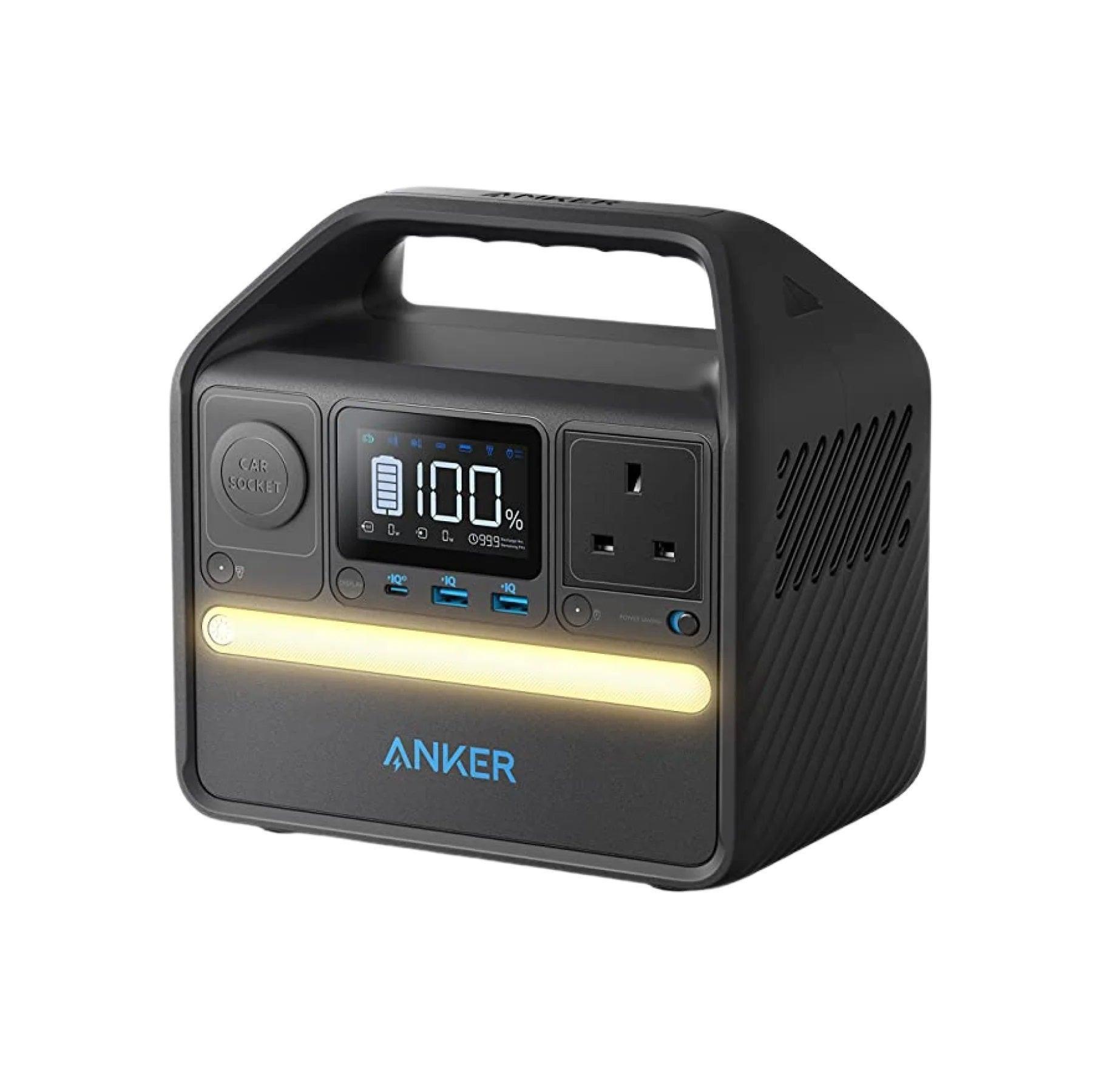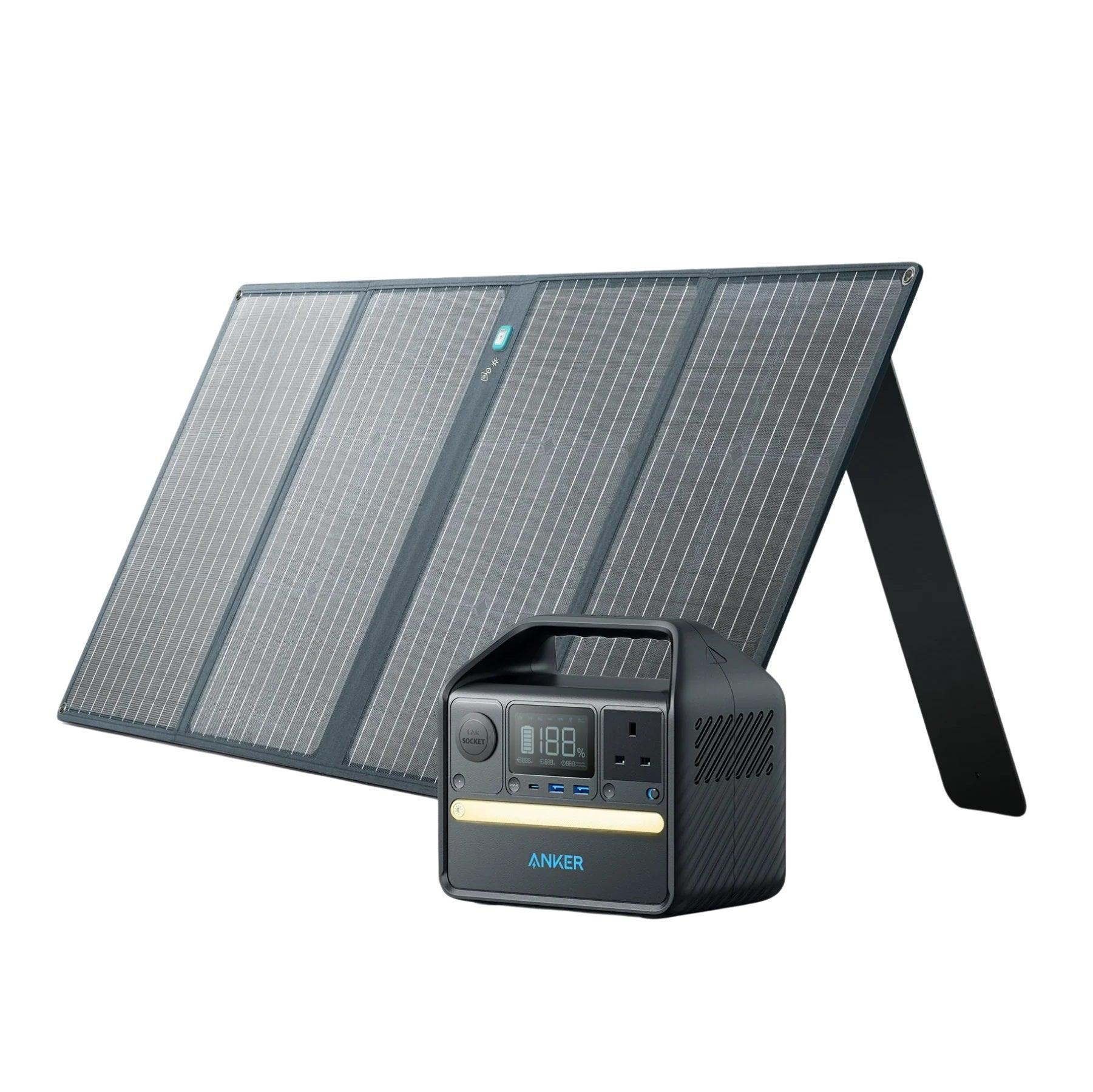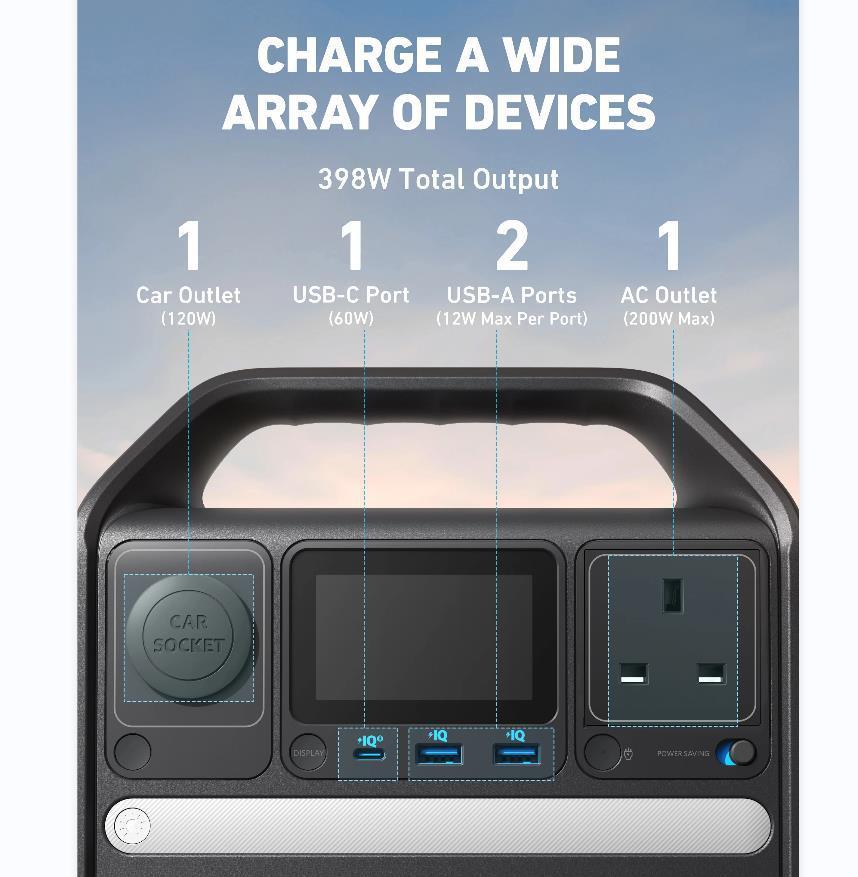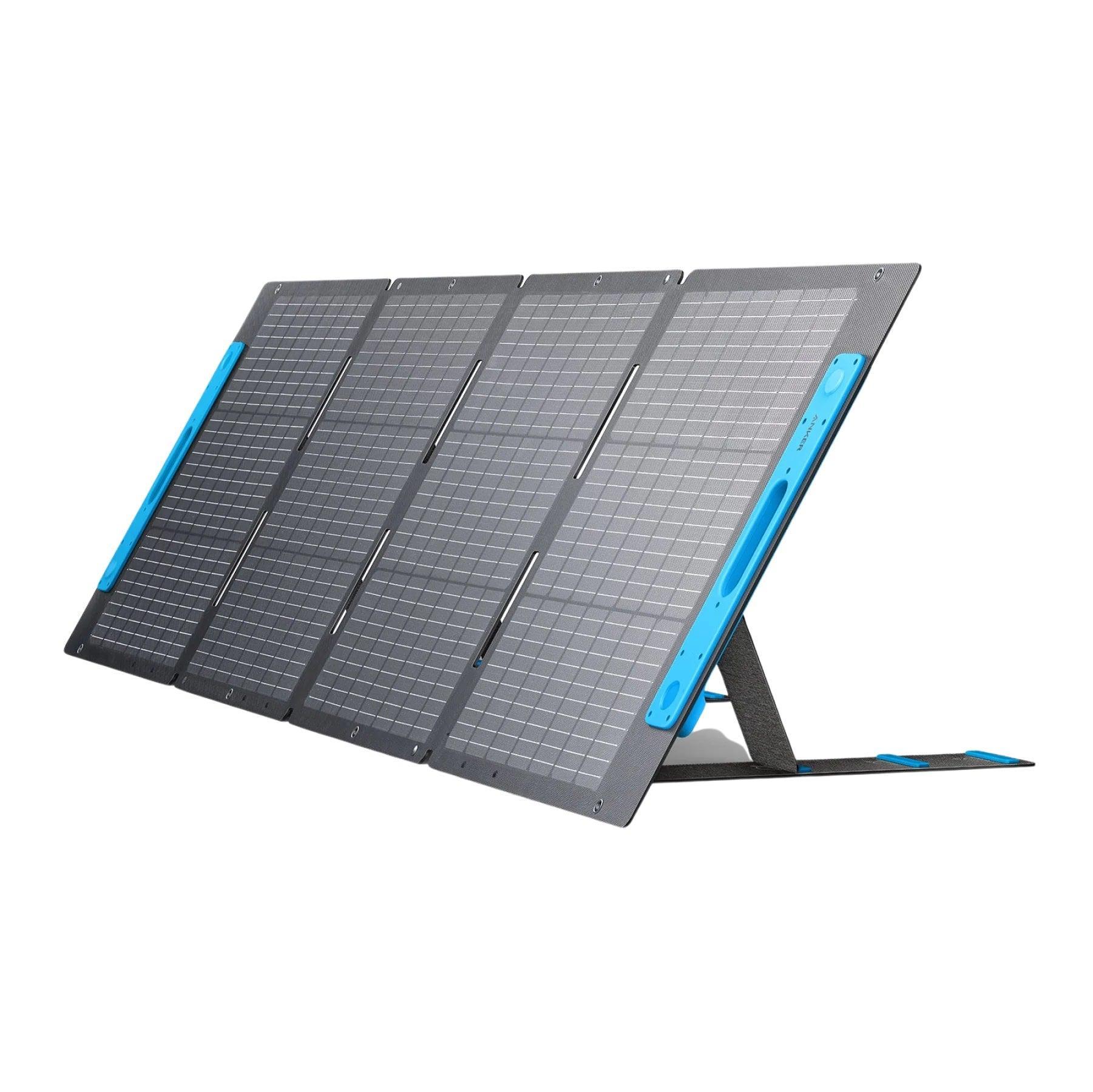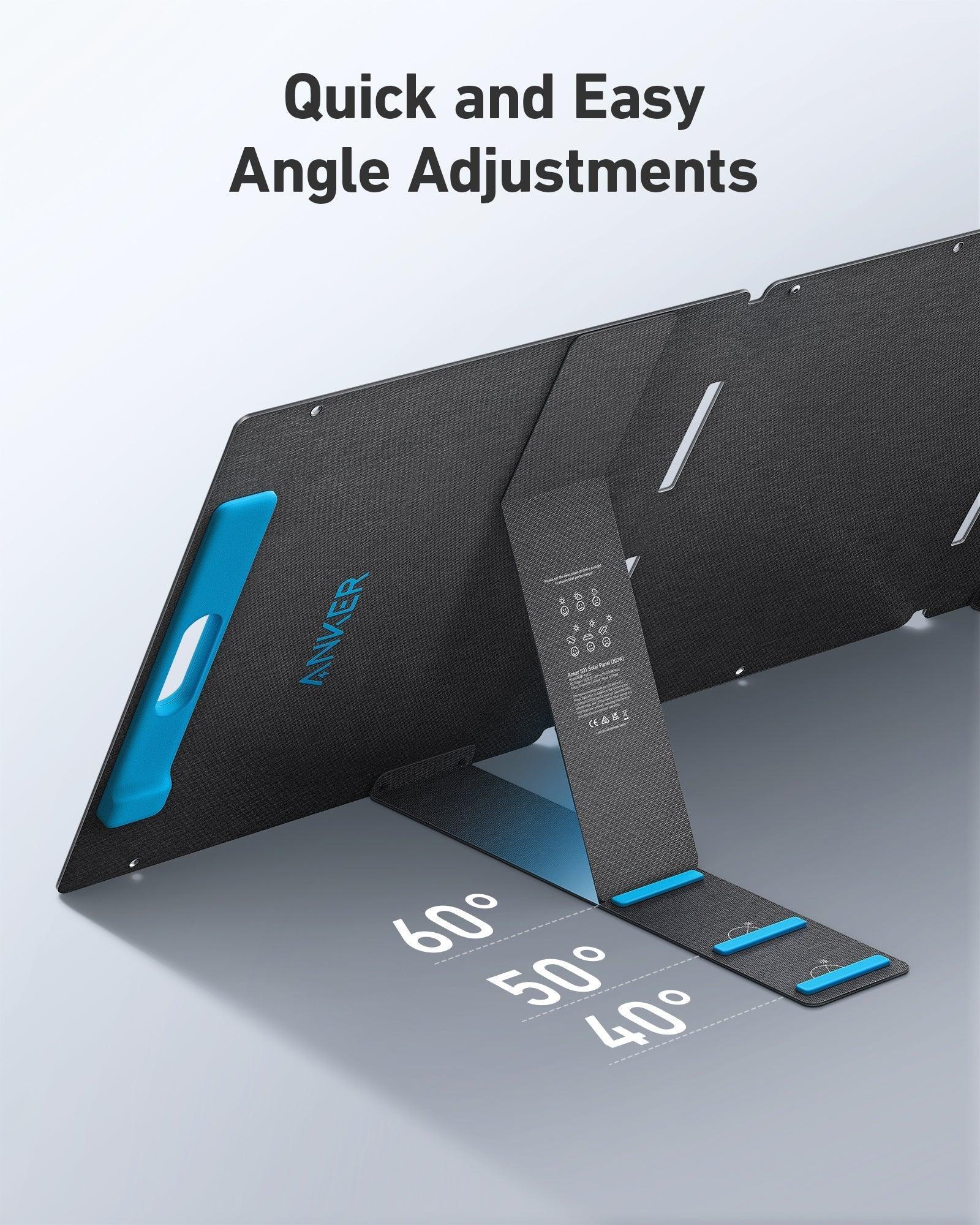When it comes to keeping our homes cool and comfortable during hot summer months, your air conditioner is the main energy hog in the summertime. However, with rising energy costs and environmental concerns, it's important to understand the power consumption and cost implications of running an air conditioner. If you’ve ever wondered how many watts to run air conditioner on a hot summer day, then it's time to find out! In this blog post, we will explore how to calculate the power consumption of running an air conditioner, tips to save on your electricity bill, and considerations when choosing a solar generator for your AC.

How Much Electricity Does an Air Conditioner Use?
On average, air conditioners consume between 500 and 4,000 watts of electricity, depending on the type of unit. Here's a breakdown of the electricity usage for different types of air conditioners:
Window Air Conditioners
If your home lacks ducts or you need to cool specific rooms or spaces, window air conditioners are a popular choice. These units are efficient and suitable for areas ranging from 200 to about 800 square feet. In terms of electricity consumption, window air conditioners typically use between 500 and 1,400 watts per hour. Their relatively lower wattage usage makes them a cost-effective cooling solution for smaller spaces.
Central Air Conditioning Systems
Central air conditioning systems are commonly installed in larger homes and employ ducts to evenly distribute cool air throughout the entire house. These systems comprise various components such as motors, fans, compressors, and electronic controls, all of which necessitate power. Typically, central air conditioning systems have an average wattage range of 3,000 to 4,000 watts. However, when operating in fan-only mode, a central air conditioner uses about 750 watts per hour. It's important to note that central air conditioning systems offer efficient cooling for the entire house but tend to have higher electricity consumption compared to other options.
Portable Air Conditioners
Portable air conditioners provide a flexible cooling solution, particularly for homes without ducts. While they offer convenience and mobility, they tend to have higher watt per hour usage compared to other air conditioning systems. On average, portable air conditioners consume between 2,900 and 4,100 watts per hour. Their higher electricity consumption should be considered when selecting a portable unit, especially for prolonged usage.
By considering these electricity consumption figures, you can make informed decisions to balance your comfort and energy efficiency goals during the hot summer months.
How to Calculate the Cost of Running an Air Conditioner
To determine the wattage of your air conditioner, you can utilize one of the following methods:
Check the Specification Label for Watts
The power or wattage (in Watts) is typically provided on the specification sheet along with the amperage (in Amps) and voltage (in Volts), which is the most simple way that you can determine the energy consumption. ( 1,000 watts equal to a kilowatt)
Check the Specification Label for Ampers and Volts
If the wattage is not directly stated, you can calculate it by multiplying the amperage (in Amps) by the voltage (in Volts). For example, if the amperage is 10A and the voltage is 120V, the power consumption would be 1,200W (10A * 120V = 1,200W).
Use BTU and EER Rating
Another method is to use the British Thermal Units (BTU) and Energy Efficiency Ratio (EER) rating. BTUs is another measurement that is specified on modern air conditioning systems designed for homes. Divide the BTU value by the EER rating to estimate the power consumption. For instance, if your air conditioner has a rating of 6,000 BTU and an EER of 10, the power usage would be approximately 600W (6,000 BTU / 10 EER = 600W).
It's noted that the correlation between BTU and the power (in watts) of an air conditioner is influenced by the energy-efficient EER rating. For instance, with a favorable EER rating like 10, 6,000 BTU of power would result in a cooling effect of 600W. If the air conditioner had a higher EER rating, such as 12, the same 600W would generate a cooling effect of 7,200 BTU.
How to Save the Bill with Your AC?

Air conditioning is essential for maintaining comfort during hot summer months, but it can also lead to higher energy bills. Fortunately, there are several strategies you can employ to save money while still enjoying a cool and comfortable home environment. Here are three effective ways to reduce your AC bill:
1. Run It Only When Necessary
One of the simplest ways to save on your AC bill is to use it only when necessary. Evaluate the temperature and humidity levels in your home before turning on the AC. If the weather is mild or the indoor temperature is comfortable, consider using natural ventilation methods like opening windows or using fans instead. Additionally, make it a habit to turn off the AC when you leave the house or when cooling is not required. By minimizing its usage, you can significantly reduce energy consumption and save money.
2. Install Shades or Drapes over Windows
Properly insulating your windows can greatly impact your energy usage. Install shades, blinds, or curtains to block out direct sunlight and prevent heat from entering your home. This will reduce the workload on your air conditioner, allowing it to cool the space more efficiently. Consider using light-colored window coverings or reflective films to further minimize heat absorption. By keeping the sunlight out, you can maintain a cooler indoor environment and decrease the need for excessive air conditioning.
3. Close the Windows
To maximize the efficiency of your air conditioner, it is important to seal your home properly. When the AC is running, make sure all windows and doors are closed tightly to prevent cool air from escaping and warm air from entering. Inspect for any gaps or cracks that may allow drafts, and consider weatherstripping or caulking to address these issues. By creating a tight seal, you can create a more controlled and comfortable indoor environment, reducing the workload on your AC system and saving on energy costs.
By implementing these energy-saving practices, you can effectively reduce your AC bill without compromising your comfort.
How to Choose a Solar Generator for Your AC?

When selecting a solar generator for your AC, consider the following:
- Solar Panels: Determine whether the solar generator comes with built-in solar panels or if you need to purchase them separately. Assess the wattage and efficiency of the solar panels to ensure they can generate enough power to charge the battery effectively.
- Charging Time: Evaluate the solar generator's charging time using solar panels. Some models may require several hours of direct sunlight to fully charge the battery. Consider the average sunlight availability in your area to ensure the solar generator can recharge within a reasonable timeframe.
- Expandability: Check if the solar generator allows for expandability, such as adding additional solar panels to increase the charging capacity. This can be beneficial if you plan to upgrade your system in the future or if you require more power for other devices besides the AC.
- Backup Charging Options: Assess whether the solar generator offers alternative charging methods, such as AC power or car charging. This can provide flexibility in case of prolonged cloudy days or limited sunlight availability.
- Battery Capacity and Runtime: Consider the battery capacity of the solar generator and evaluate its runtime for powering your AC. Calculate the energy consumption of your AC per hour and choose a solar generator with a battery capacity that can support your desired runtime.
- Inverter Capacity: Verify that the solar generator has an inverter with sufficient capacity to handle the starting power requirements of your AC. This ensures a smooth and reliable operation without overloading the system.
- Portability and convenience: Consider the size, weight, and portability of the solar generator. Opt for a compact and lightweight solar portable power station if you have a portable AC. This allows for easy transportation and flexibility in powering your AC unit in different locations.
- Quality and Durability: Look for a solar generator from a reputable manufacturer known for producing reliable and durable products. Read customer reviews and consider the warranty offered. A well-built solar generator should withstand various weather conditions and provide long-lasting performance.
- Cost: Compare the prices of different solar generators, considering their features and capabilities. Take into account the cost of additional solar panels if they are not included with the generator. Remember to weigh the upfront investment against potential long-term energy savings.
By considering these factors and selecting a solar generator with the appropriate power capacity, battery storage, portability, and compatibility with solar panels, you can harness the sun's energy to power your air conditioner and reduce your reliance on conventional electricity sources.
Conclusion
Understanding the electricity usage of a central AC system is essential for managing energy consumption and estimating costs. It's important to note that usage and associated costs will vary depending on the climate and individual usage patterns. By gaining insights into these aspects and measuring electricity usage in kilowatt-hours (kWh), you can make informed decisions to ensure comfort while managing your energy budget effectively.

